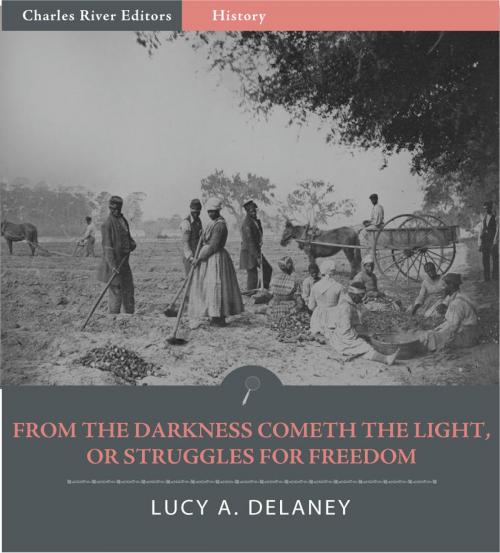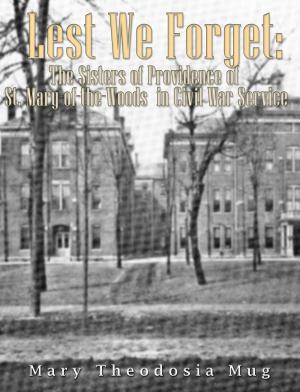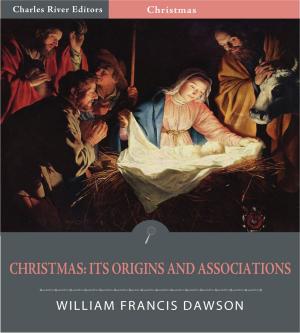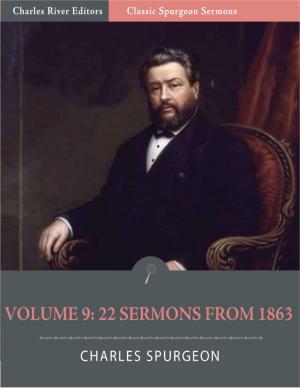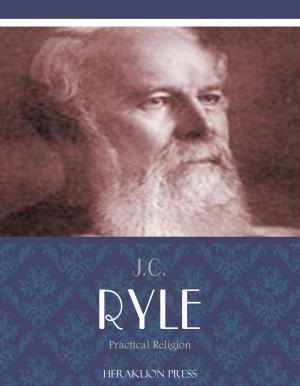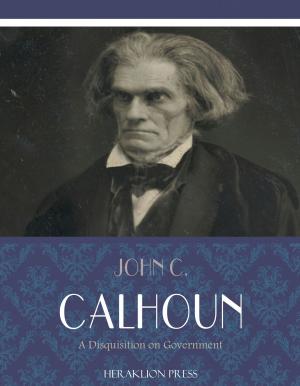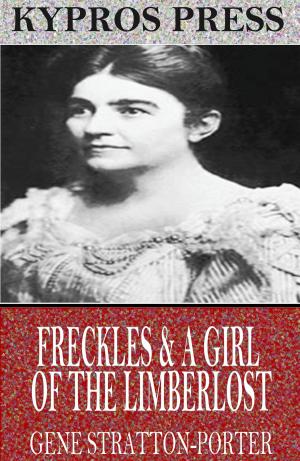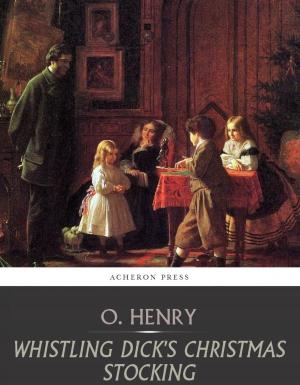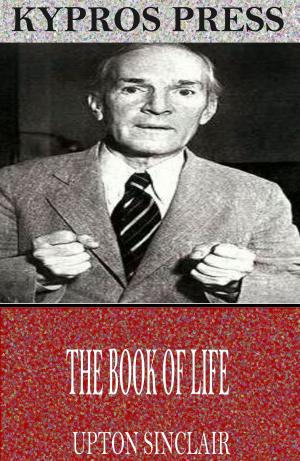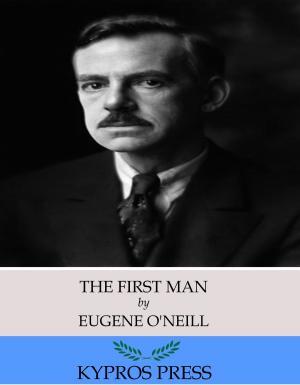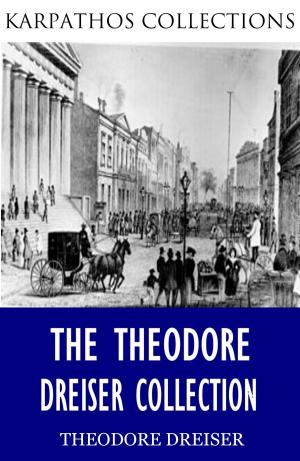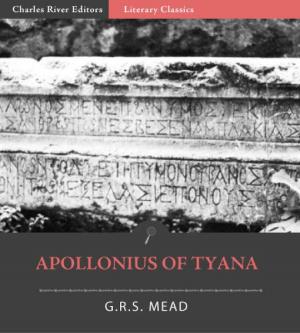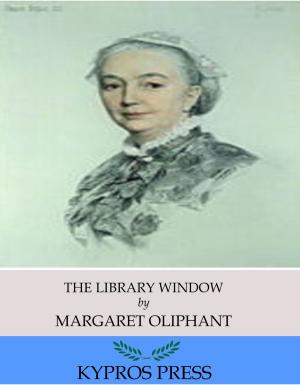From the Darkness Cometh the Light, or, Struggles for Freedom (Illustrated Edition)
Nonfiction, History, Americas, United States, Civil War Period (1850-1877), 19th Century| Author: | Lucy A. Delaney | ISBN: | 9781475302134 |
| Publisher: | Charles River Editors | Publication: | March 6, 2012 |
| Imprint: | Language: | English |
| Author: | Lucy A. Delaney |
| ISBN: | 9781475302134 |
| Publisher: | Charles River Editors |
| Publication: | March 6, 2012 |
| Imprint: | |
| Language: | English |
By the middle of the 19th century, slavery had created a fevered pitch in the politics of the country, as abolitionists and slavery proponents fought a war of words and actual wars in Kansas and Nebraska. While the South postured for secession, abolitionists, both white and black, created a stronger movement in the Northeast in places like Boston. Ultimately the issue would have to be settled via civil war. Lucy Ann Delaney, nee Berry, was a former slave, whose 1891 narrative, From the Darkness Cometh the Light, or, Struggles for Freedom, is the only first-person account of a freedom suit and one of the few post-Emancipation published slave narratives. This memoir recounts the legal battles of her mother to secure freedom for herself and her children. This edition of Lucy Delaneys memoir is specially formatted with a Table of Contents, and pictures of famous abolitionists like Frederick Douglass, Sojourner Truth, Harriet Tubman, Harriet Beecher Stowe, and more.
By the middle of the 19th century, slavery had created a fevered pitch in the politics of the country, as abolitionists and slavery proponents fought a war of words and actual wars in Kansas and Nebraska. While the South postured for secession, abolitionists, both white and black, created a stronger movement in the Northeast in places like Boston. Ultimately the issue would have to be settled via civil war. Lucy Ann Delaney, nee Berry, was a former slave, whose 1891 narrative, From the Darkness Cometh the Light, or, Struggles for Freedom, is the only first-person account of a freedom suit and one of the few post-Emancipation published slave narratives. This memoir recounts the legal battles of her mother to secure freedom for herself and her children. This edition of Lucy Delaneys memoir is specially formatted with a Table of Contents, and pictures of famous abolitionists like Frederick Douglass, Sojourner Truth, Harriet Tubman, Harriet Beecher Stowe, and more.
